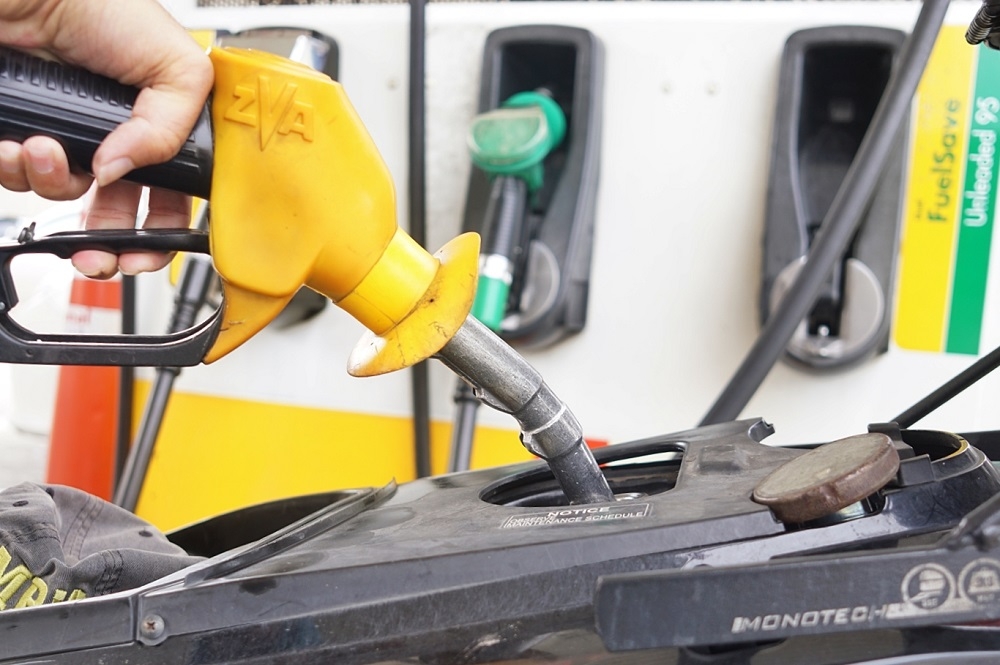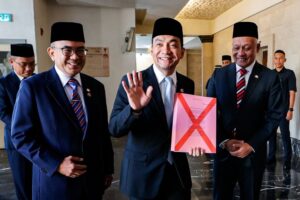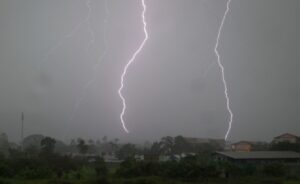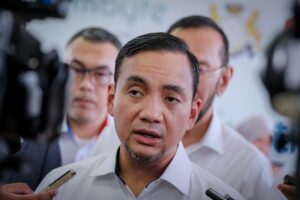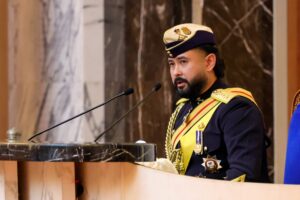KUALA LUMPUR, Sept 23 — Starting the end of September, the government will provide up to 300 litres of subsidised RON95 petrol per month to eligible Malaysians.
But what does that 300-litre quota actually mean for your daily commute or a balik kampung trip?
According to government data, this allocation is more than sufficient for over 99 per cent of private vehicle drivers in Malaysia.
To put this allowance into perspective, here’s a practical breakdown of how far 300 litres can take various vehicles commonly seen on Malaysian roads, based on manufacturers’ claimed efficiency numbers.
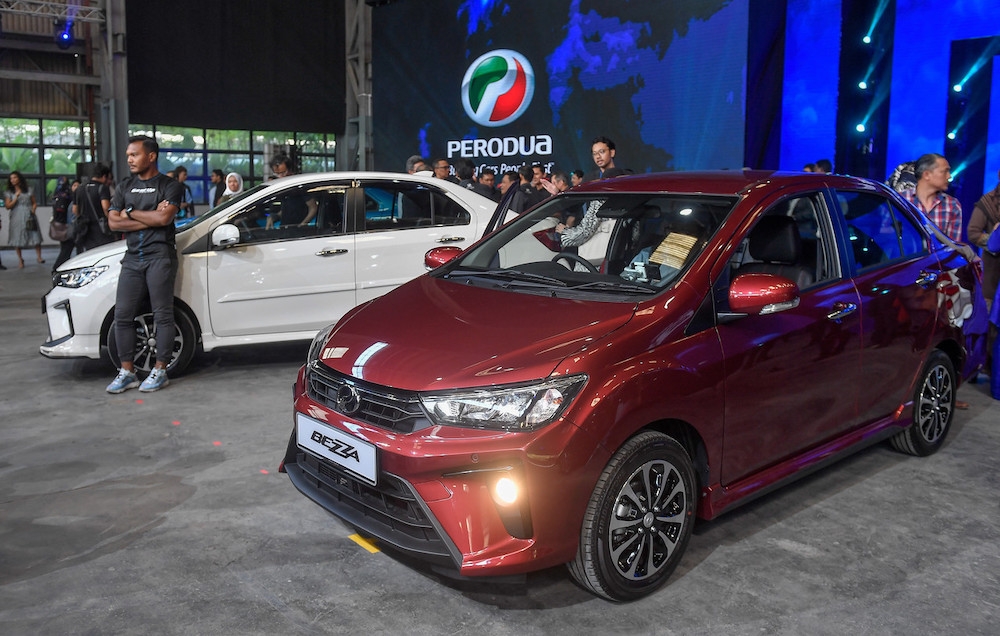
The Perodua Bezza is pictured during its launch in Kuala Lumpur on January 8, 2019. — Bernama pic
For cars: From compact to premium
For drivers of compact A-segment cars like the Perodua Axia or Proton Iriz, 300 litres provides an impressive monthly driving range of approximately 5,100 to 5,700 kilometres. This translates to roughly 170-190 km of daily driving, more than enough for most urban commuters.
The most popular B-segment vehicles, such as the Honda City and Toyota Vios, could travel between 4,500 to 5,100 kilometres a month. This equates to about 150-170 km daily, sufficient for extensive suburban commuting or regular interstate travel.
Moving up to C-segment sedans and SUVs like the Honda Civic or Proton X70, the 300-litre allocation would provide a monthly range of approximately 3,600 to 4,500 kilometres, or 120-150 km daily. This remains generous for most families, allowing for regular long-distance trips.
Even larger D-segment vehicles and premium SUVs, which are typically less fuel-efficient, would achieve 3,000 to 3,900 kilometres a month on the 300-litre allocation. This still provides an adequate daily range of 100-130 km for most executive and family use.
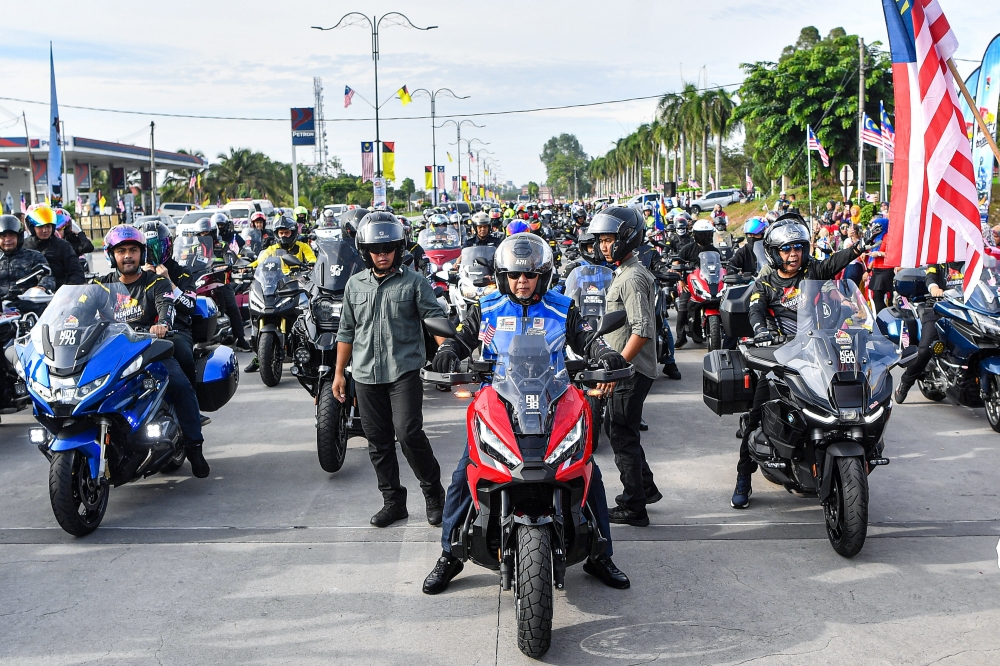
Deputy Prime Minister Datuk Seri Ahmad Zahid Hamidi (centre) leads a motorcycle convoy during the Kembara Merdeka Akar Umbi 2.0 at Dataran Majlis Perbandaran Jempol in Jempol August 30, 2025. — Bernama pic
For motorcyclists: An extraordinary value
For Malaysian motorcyclists, the 300-litre allocation is exceptionally generous. Riders of popular underbone models like the Honda EX5 or Yamaha Y15ZR could potentially travel 10,500 to 13,500 kilometres a month.
Even higher-performance models such as Honda RS150R and Yamaha R15M would achieve a monthly range of 7,500 to 10,500 kilometres.
This means most motorcycle commuters and enthusiasts can enjoy extensive daily use and recreational riding without worrying about their subsidised quota.
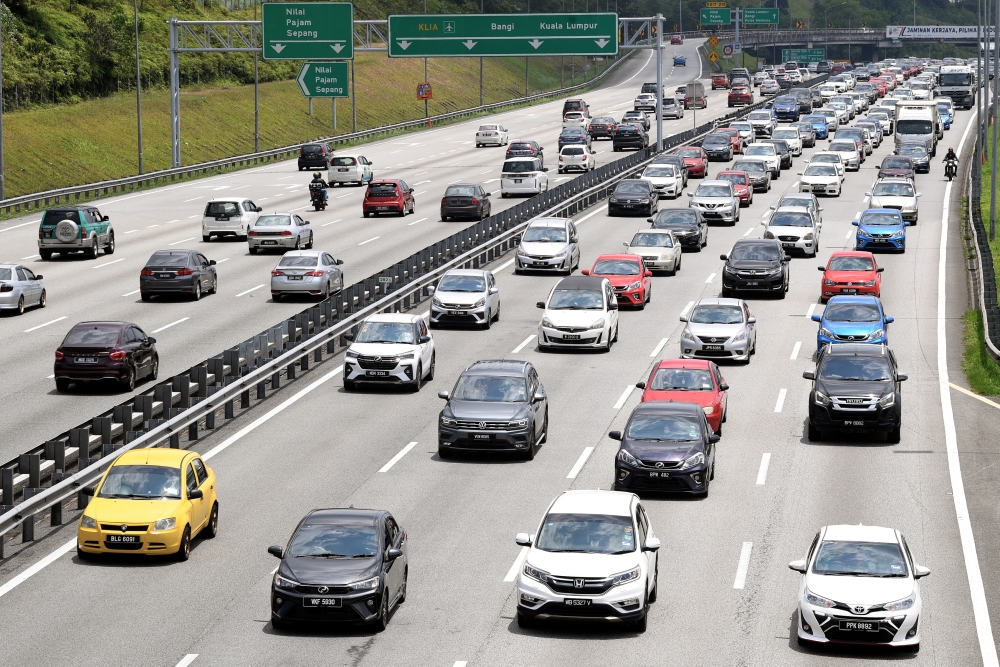
Traffic is seen on the North-South Expressway near the Nilai Toll Plaza on April 23, 2023. — Bernama pic
Putting it into perspective
The practical implications become even clearer when applied to typical driving patterns:
- Daily commute: A daily commute from Shah Alam to Kuala Lumpur city centre (approx. 50-60 km return) would use only about half of the monthly allocation, even in a less fuel-efficient car.
- Weekend trips: A weekend trip from Kuala Lumpur to popular destinations like Port Dickson or Malacca would consume only a small fraction of the 300 litres.
- Long-distance travel: A road trip from Kuala Lumpur to Penang (approximately 700 km return) would use roughly 40-50 litres in a typical B-segment car, leaving ample fuel for daily needs for the rest of the month.
The government said its decision to set the allocation at 300 litres was to balance between providing meaningful support to drivers while ensuring the subsidy programme remains fiscally sustainable.
For the overwhelming majority of Malaysian motorists, this allocation will more than cover their monthly fuel needs, effectively keeping transportation costs manageable.
